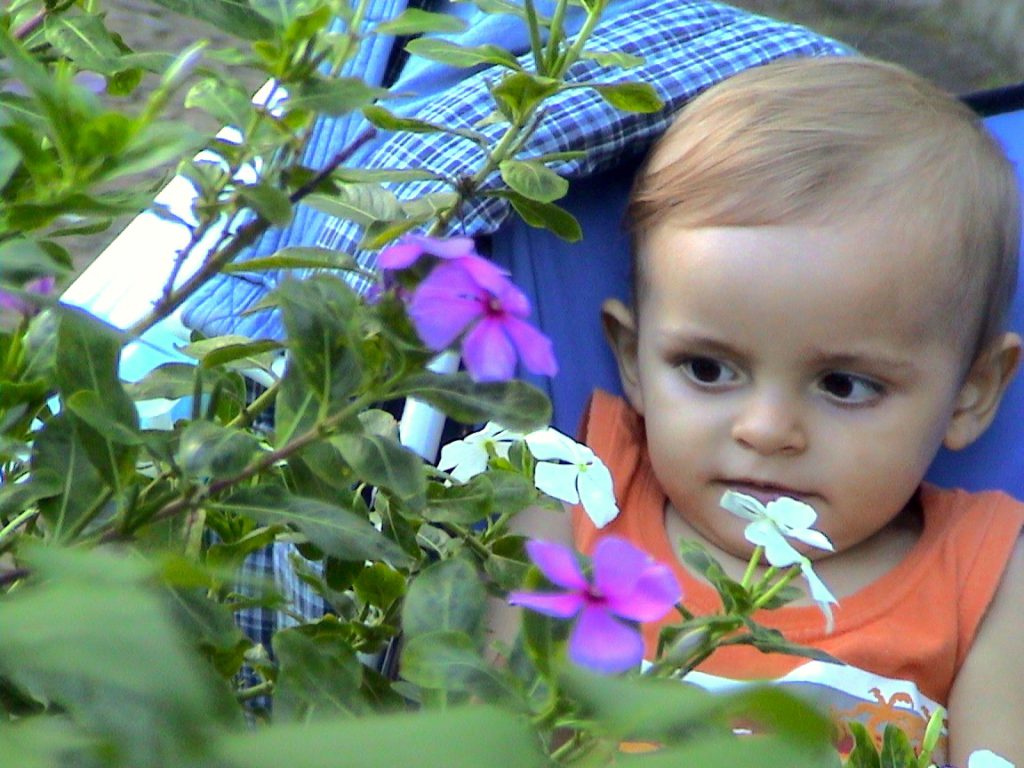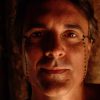Unlikely Blessings

When I discovered the poetry of Paul Celan as an undergraduate, I had little idea his words would later guide me through dark times. Inspired by campus lore about a professor of comparative literature who supposedly recited Rainer Maria Rilke’s “Duino Elegies” to herself in German while swimming laps, I committed Celan’s much shorter, but notoriously impenetrable, poem “Engführung” (“Stretto”) to memory.
A concentration camp survivor who lost his parents in the Holocaust, Celan (né Antschel) is considered to be the quintessential poet of the unspeakable. In his 1958 acceptance speech for the Bremen Literature Prize, Celan described this paradoxical quality of his poetry: “There remained in the midst of the losses this one thing: language. … It passed through and gave back no words for that which happened; yet it passed through this happening. Passed through and could come to light again.”
Celan’s verse came back to me in 2006 when my infant son underwent chemotherapy for histiocytosis, an exceedingly rare immune system disease. The olive-sized lump behind his ear was initially (but wrongly) diagnosed as a fatal brain tumor. For the first few agonizing weeks, I believed that life as I knew it was over, that I would never again know joy.
During times of calamity, our survival instinct forces an extreme narrowing of attention to the minute, concrete details of each successive moment. We become attuned to every signal of danger, alert to any possible avenue of escape; yet at the same time, we erect protective blinders against the nameless sense of doom that lies over the horizon. The experience is almost an altered state of consciousness.
My family arrived together with a cohort of others at the Boldrini Children’s Center in Campinas, Brazil. From varied economic and geographical backgrounds, we each carried a distinctive diagnosis and prognosis, 5-year survival rates, and a whole litany of unthinkable medical jargon—but we all shared the same shock, disbelief, desperation, and blind hope about our children’s treatment. We clung to one another like shipwreck survivors on a lone raft in a vast and menacing ocean.
One day I sat outside an ecumenical chapel, listening to some of my fellow parents in the final phases of desperation singing hymns, full-throated and out of key: “Ha-ha-hallelujah!” I couldn’t tell whether God was laughing at us or with us. Suddenly, I recalled a few lines from Celan:
“the / choirs, back then, the / psalms. Ho, ho- / sanna.”
I began jotting down disjointed thoughts and observations that came to me at the hospital and its playground, the doctor’s office, the family residence that doubled as a hospice, and the taxi rides between—all composed in that altered state between hope and despair.
Eventually, my poem “Unlikely Blessings” came into form. In the second line, “grave green lawn” is also a distant echo of the inscrutable phrase from “Engführung”: “Gras, auseinandergeschrieben” (“Grass, written asunder”).
The poem became my way of “passing through” the battery of chemotherapy my youngest son underwent over the next three years: successful, most fortunately. His treatment involved a drug called vinblastine, which is derived from the toxic rosy periwinkle plant, Catharanthus roseus (or Vinca rosea), native to Madagascar. This direct experience of a lifesaving cure gave me a new appreciation of my own field, ethnobotany—the study of traditional knowledge about plants.
It also reinforced for me Celan’s words about the capacity of poetic language to help us “come to light again” after experiencing the unthinkable.
Unlikely Blessings
Peace can be a sky-blue hospice with daffodils
a grave green lawn for innocents
bald and serene as Buddhist monks
Happiness can be written in Chinese
on a decal clinging to a jade bar of soap
at the visitors’ sink
Beauty can be simple and fragile as children laughing
the play of skin and shadow
under the unknowing sun
Fate can be exactly the size and shape of an olive
diagnosis or misdiagnosis
a surgeon squinting over a slide
Salvation can be danger thinly veiled
caustic milk of the periwinkle
halfway from malignant to benign
Faith can be a near empty chapel
waiting for you to get desperate enough
to sing with the others Ha-ha-hallelujah
Hope can be the worst kind of houseguest
hanging between the quick and the damned
counting unlikely blessings

























